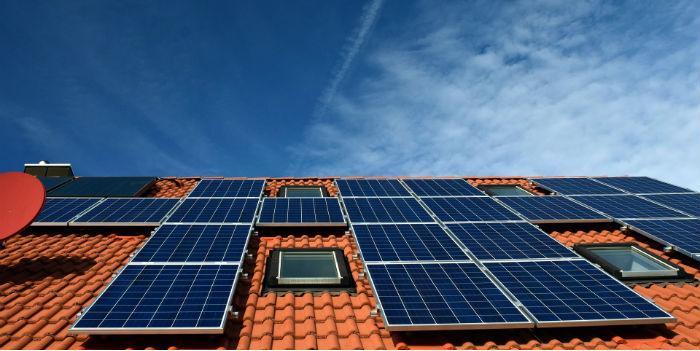 International. Renewables had the highest growth rate of any energy source in 2017 and accounted for about a quarter of the growth in global energy demand last year.
International. Renewables had the highest growth rate of any energy source in 2017 and accounted for about a quarter of the growth in global energy demand last year.
The energy sector played the most important role in the growth of low-carbon energy, with electricity generation based on renewables increasing by 6.3% (380 TWh) in 2017. Renewables now account for 25% of global electricity generation.
China and the United States together accounted for half of the increase in renewable energy-based electricity generation, followed by the European Union (8%), Japan and India (with 6% growth each). The growth of wind and solar PV in 2017 was unprecedented; wind power accounted for the largest share of total renewables growth, at 36%, followed by solar PV (27%), hydropower (22%) and bioenergy (12%).
China accounted for 40% of the combined growth in wind and solar PV, with new record capacity additions and a reduction in the rate of reduction. Almost 40% of the increase in hydropower occurred in the United States, while the European Union reduced hydroelectric production by almost a tenth. The European Union, China and Japan accounted for 82% of the global growth of bioenergy in power.
China overtook the United States to become the world leader in generating electricity from non-renewable sources. Global solar PV capacity approached 400 GW at the end of 2017. It was an extraordinary year for the addition of solar PV in China, with more than 50 GW of new capacity, surpassing combined capacity additions of coal, gas and nuclear power, and 35 GW in 2016. The new solar PV capacity added in China in 2017 alone is equivalent to the total solar PV capacity of France and Germany combined.
In the United States, 10 GW of solar PV was added in 2017, down 30% from 2016, but still the second-highest year on record. In India, a record 8 GW of solar PV capacity was added in 2017, double the additions seen in 2016. In the European Union, wind recorded a record year with 15.6 GW of capacity additions, of which 3.1 GW was offshore, also a record. With the continued growth of onshore wind power, global wind capacity (onshore and offshore) reached approximately 510 GW.
Outside the energy sector, only a modest increase in biofuel production of 2% (50 kb/d) was observed in 2017, slightly lower than the previous year's growth, reflecting a long-term downward trend in investment in new production capacity. Increased ethanol production in the United States and Europe was partially offset by lower production in Brazil, while biodiesel production remained broadly stable. Renewable heat has been growing modestly in recent years.
Source: International Energy Agency.














